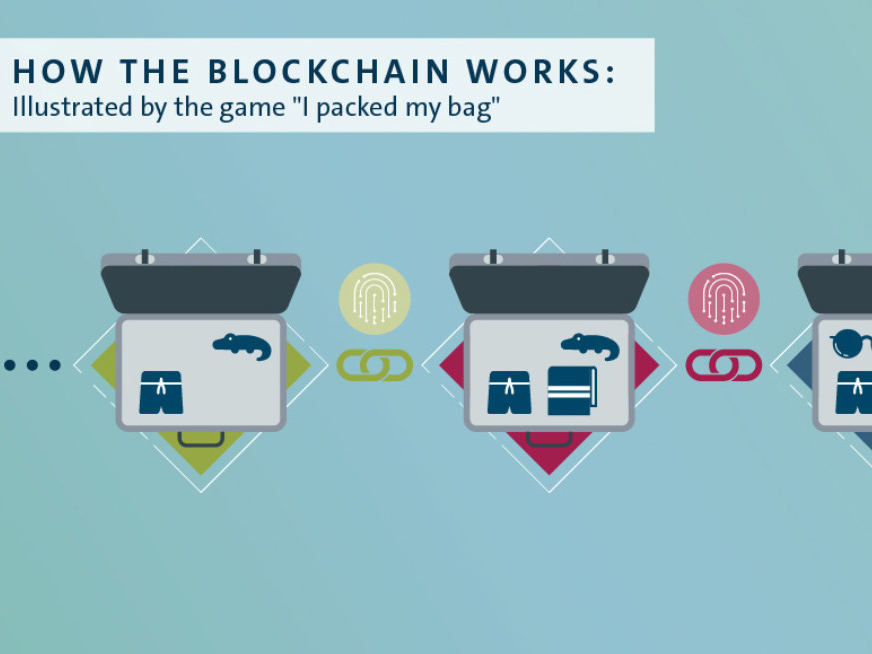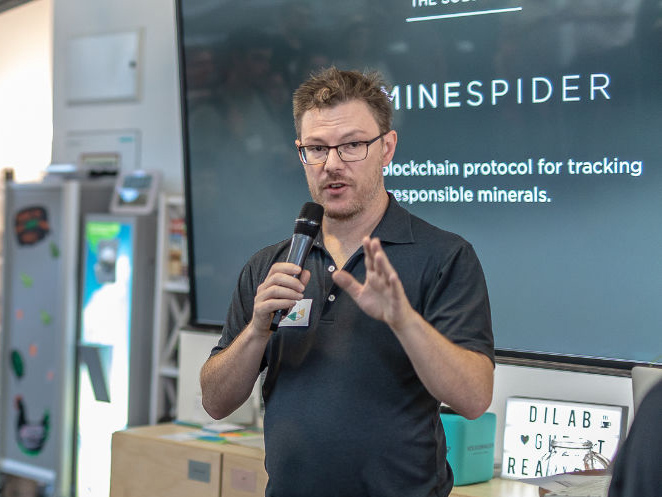Protecting people and the environment with blockchain
Responsible raw material procurement is fundamental for sustainable mobility. Volkswagen will be using blockchain to manage the supply chain.
Being a group selling almost 11 million vehicles a year means having a large number of suppliers: nearly 40,000- and these are just the direct ones! The global supply chain that supports the Volkswagen Group’s activities is so vast and complex that, despite the numerous initiatives to increase transparency, there is still a residual risk that some raw materials are not extracted sustainably and in line with contractual obligations.
This is going to change, however, with the adoption of the blockchain technology that the Group is developing with the hi-tech company Minespider. The goal is a safe and optimised management of the supply chains, to be sure that raw materials are procured in a manner that protects people and the environment.
Like a memory game

A blockchain is, essentially, a record of interlinked data blocks shared by several users. In some ways, it is similar to the classic memory game “I packed my bag”, where each player has to recite the previously nominated objects before adding their own. So, if the bag already holds some swimming trunks, a toy crocodile and a towel, and if the next player wants to add some sunglasses, they say: “I packed my bag with some swimming trunks, a crocodile, a towel and some sunglasses.” But if they forget one item in the list – “I packed my bag with some swimming trunks, a crocodile ... and some sunglasses” – everyone else shouts out “You’ve forgotten the towel!” and the player is expelled from the game.
In the same way, no data can be left out or modified from the blockchain, because the information is not just public within the system, but also guarded by all participants.
Encrypted information and digitalisation
The operation of the blockchain is based on two principles. The first is that every block contains encrypted and condensed information from all previous blocks – like an unique digital fingerprint. And each of these fingerprints is created based on the previous ones: this means that a chain of data blocks is built up impossible to split or manipulate. If a block is modified, it is no longer compatible with the rest of the chain.
The second principle is decentralisation: the blockchain is not just saved on a central server, but distributed into tens of thousands of copies all over the world on mainframes and private PCs, thus creating a network of nodes. All these nodes connect together automatically, and if one is manipulated it is immediately expelled from the system, which thus protects itself.
Security and open-source

The solution developed by Minespider is based on a public blockchain. A multi-layer architecture guarantees the security of the sensitive supply chain data despite the open source approach. One layer of the protocol contains generally accessible information, a second layer contains the private data blocks which cannot subsequently be changed, and the third layer is the encryption layer.
The advantage of a public blockchain is that all participants – from external suppliers to internal personnel – can work with the same system, even if different supply chains are involved. Blockchain technology makes it possible to track the raw material back to the point of origin by means of digital certificates.
Fonte: Volkswagen AG
